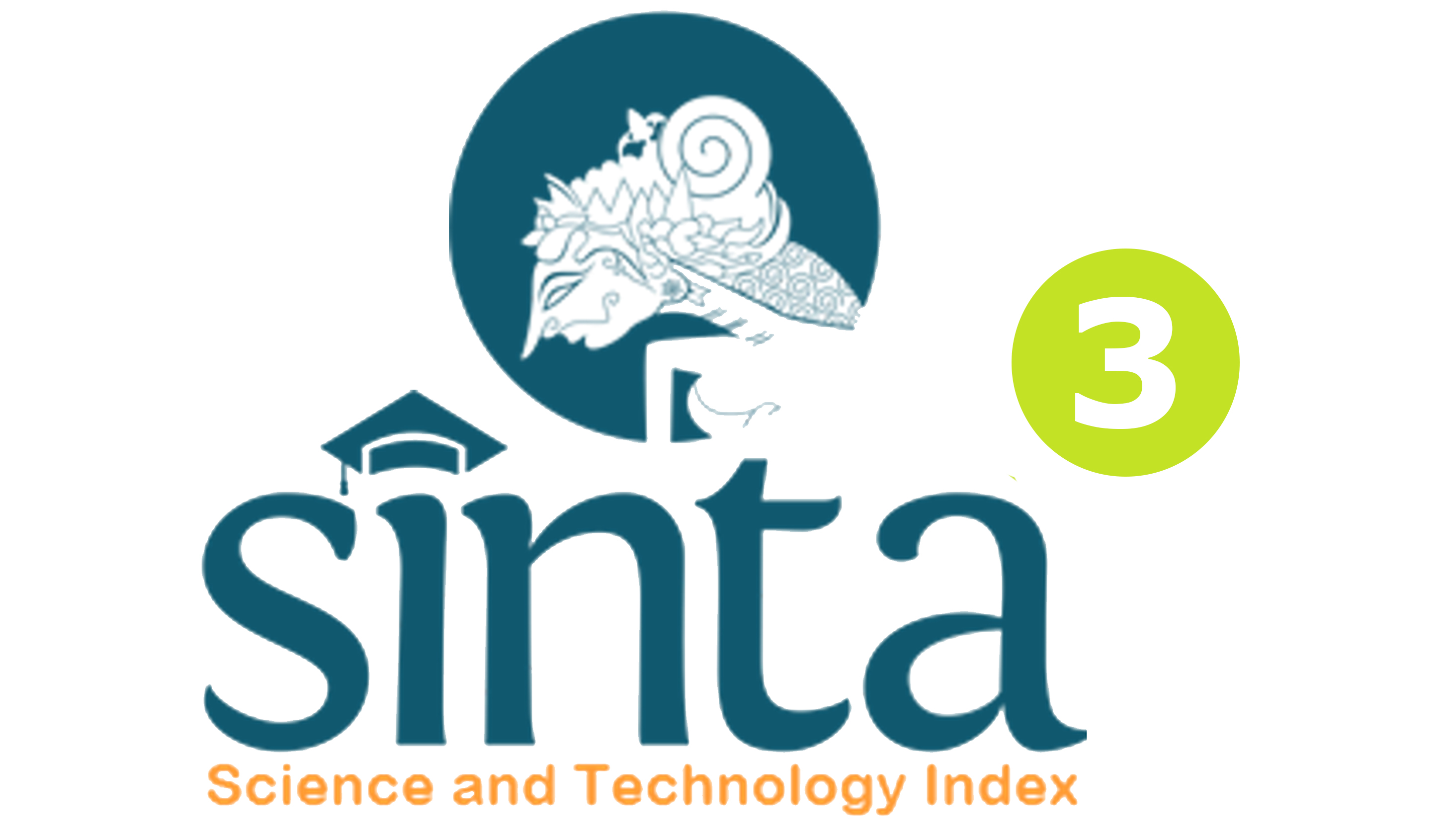EFEKTIVITAS KONSELING BEHAVIORAL MELALUI TEKNIK MODELING DENGAN TEKNIK PENGUATAN POSITIF UNTUK MENINGKATKAN SELF ACHIEVEMENT PADA SISWA KELAS VIII SMP NEGERI 3 SINGARAJA
DOI:
https://doi.org/10.23887/jibk.v4i1.7537Abstract
Penelitian ini bertujuan untuk mengetahui efektivitas konseling behavioral melaui teknik modeling dengan teknik penguatan positif untuk meningkatkan self achievement siswa kelas VIII SMP Negeri 3 Singaraja. Jenis penelitian ini adalah penelitian eksperimen semu dengan desain “Nonequivalent Control Group Desain”. Pengambilan sampel dalam penelitian ini dilakukan dengan teknik purposive sampling. Metode pengumpulan data yang digunakan adalah lembar observasi, lembar wawancara, buku harian dan kuesioner self achievement, dianalisis dengan teknik statistik t-test dan SPSS 16.0. Hasil penelitian ini yaitu kelompok eksperimen I menghasilkan thitung > ttabel (21,12649 > 1,99834). Kelompok eksperimen II menghasilkan thitung > ttabel (17,89137 > 2,00030). Teknik modeling dengan teknik penguatan positif konseling Behavioral memiliki perbedaan thitung > ttabel (2,58109 > 1,99962). Dari hasil penelitian ini, dapat disimpulkan bahwa 1) teknik modeling dalam konseling Behavioral efektif terhadap self achievement siswa kelas VIII L, 2) teknik penguatan positif dalam konseling Behavioral efektif terhadap self achievement siswa kelas VIII I, 3) terdapat efektivitas konseling behavioral melalui teknik modeling dengan teknik penguatan positif untuk meningkatkan Self Achivement siswa kelas VIII SMP Negeri 3 Singaraja.Kata Kunci : Konseling Behavioral, Teknik Modeling, Teknik Penguatan Positif, Self Achievement
This study aimed to know the effectiveness of behavioral counseling through modeling techniques with positive reinforcement techniques to improve self-achievement students in the eight class of SMP Negeri 3 Singaraja. The type of this study was quasi experiment research with the design “Nonequivalent Control Group Desain”. The sample in this study was done by using purposive sampling technique. The data collection methods used were observation sheet, interview sheets, diaries and questionnaires of self achievement, analyzed by statistical t-test and SPSS 16.0. The result of this study in the first of experiment group is produce thitung > ttabel (21,12649 > 1,99834). The second of experiment group is produce tcount > ttable (17,89137 > 2,00030). Modeling techniques with positive reinforcement techniques counseling Behavioral have different as been follow: tcount > ttable (2,58109 > 1,99962). From the result of this study, it can be concluded that 1) the use of modeling techniques in Behavioral counseling is effectively to self achievement of students in VIII L class, 2) the use of positive reinforcement techniques in Behavioral counseling effectively to self achievement in the students of VIII I class, 3) there is effectiveness of behavioral counseling by modeling techniques with positive reinforcement techniques to improve Self Achievement in the eighth grade students of SMP Negeri 3 Singaraja.
keyword : Behavioral Counseling, Modeling Technique, Positive Reinforcement Technique, Self Achievement.
Published
Issue
Section
License
Jurnal Ilmiah Bimbingan Konseling Undiksha is an Open Access Journal. The authors who publish the manuscript in this journal agree to the following terms:
JIBK is licensed under a Creative Commons Attribution 4.0 International License. This permits anyone to copy, redistribute, remix, transmit and adapt the work provided the original work and source is appropriately cited.
This means:
Jurnal Ilmiah Bimbingan Konseling is licensed under a Creative Commons Attribution 4.0 International License.
(1) Under the CC-BY license, authors retain ownership of the copyright for their article, but authors grant others permission to use the content of publications in JIBK in whole or in part provided that the original work is properly cited. Users (redistributors) of JIBK are required to cite the original source, including the author's names, JIBK as the initial source of publication, year of publication, volume number, issue, and Digital Object Identifier (DOI); (2) The authors are the copyright owner of the article, and the author grants the JIBK held the first publication right.









.png)

.jpg)
